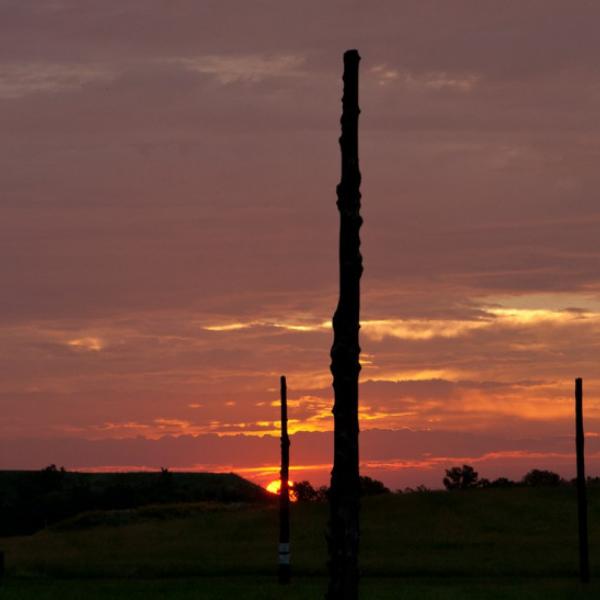John E. Kelly's interest and expertise is in Eastern North American archaeology with a focus on the central Mississippi River Valley and the cultural developments related to Mississippian culture, especially the Cahokia site.
A passionate interest in this center of Mississippian society began nearly thirty years ago. Kelly has been involved in a number of survey and excavation projects in the Mississippi valley. In addition to his initial field work at Cahokia between 1969 and 1972 with Beloit College, he directed the excavations at the large multicomponent Range site. More than 5000 prehistoric features and 600 structures were excavated in advance of an interstate. The analysis of the materials from this site have resulted in the delineation of 25 occupational episodes that were extant between AD 600 and 1100. The configuration of the various communities provides significant insights into the principles of community organization prior to the emergence of Mississippian culture at AD 1050.
Most recently he has been involved in the rediscovery of the Mississippian mound center in East St. Louis. It was assumed that this mound center had been destroyed during the industrial and commercial development of East St. Louis. However, a study of the historical documents and collections housed in different institutions around the country along with recent excavations have provided evidence of the site in the backyards and alleys of the present city. Portions of five mounds have been identified as well as numerous prehistoric buildings and other features related to this once vibrant center. Kelly's earlier interest in Cahokia has now turned toward the area he also recently excavated, an early Mississippian village in the uplands east of Cahokia. This site has important implications on the role of ritual in the organization of space. Presently, his research is based upon the role of ritual and kinship in the mix of ingredients that contribute to the dispersal of the Mississippian population in the fourteenth century.




